Cutting-edge tech at the House of Mouse
Virtual reality, 3D-printed robots and more virtual reality
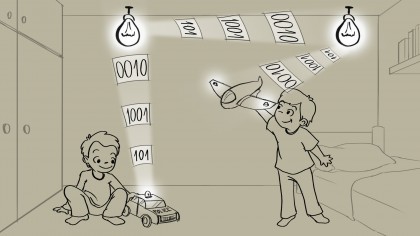
If you dream it you can do it (Walt Disney)
If we asked everyone to name the most innovative tech firms around we're pretty sure the same names would keep coming up: Tesla, perhaps. Apple. Nvidia. Maybe Microsoft and Google too, and a couple of interesting kickstarters.
But how many people would say Disney? Precious few, but when it comes to R&D the House of Mouse has some big ideas – and big piles of money to spend on them. Big ideas like robots, and virtual reality hands, and Linux light bulbs.
Here are some of the things Disney Research is getting all excited about…
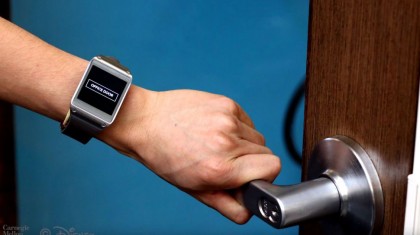
A smartwatch that knows what you're touching
Disney's EM-Sense can identify what you're touching – a door, the cooker, power tools – and can provide contextually relevant services. So, for example, it can work out that you're cooking breakfast and turn on the radio, give you your to-do list and messages when you open the office door, or display appropriate instructions while you're assembling furniture.
Putting that technology into the MagicBands at Disney theme parks would also give Disney astonishing amounts of information about every visitor.
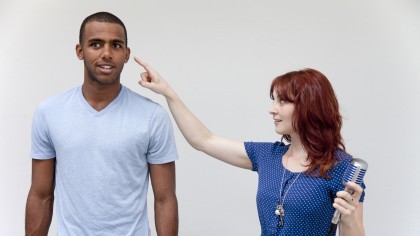
Human loudspeakers
Transmitting sound over the air is so last century. Disney's Ishin-Den-Shin technology transmits sounds via touch (the name is a Japanese expression for communicating through an unspoken mutual understanding). Someone could play you some music by touching your ear, or an ordinary object could reveal its soundtrack when you touch it.
Once again there are obvious applications for Disney's parks – especially the boring bits, such as when you've got to queue for an eternity.
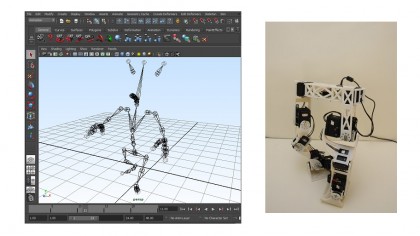
Realistic robots
"Our goal is to bring animation characters to life in the real world," say the Disney brains behind this project. "We present a bipedal robot that looks like and walks like an animation character." Using 3D-printed parts and joints powered by servo motors, Disney has created an "open-loop walking trajectory that mimics the character's walking motion".
It's the sort of thing that might be useful to, say, a company that owns theme parks based on popular animated characters.
And it's not the only robotics project Disney's been working on. It has also been developing high-performance robotic muscles from conductive nylon sewing thread, pondered how to give robots more realistic muscles for "more natural human-robot interactions", and experimenting with 3D-printed "soft skin for human-robot interaction".

Linux light bulbs
Forget Wi-Fi: Disney's working on Li-Fi. In their paper Linux Light Bulbs: Enabling Internet Protocol Connectivity for Light Bulb Networks', Stefan Schmid and his team discuss how LED light bulbs could be used to connect the Internet of Things, and whether existing standards could cope.
The verdict? Yes, they could. As the paper explains, "With Visible Light Communication (VLC), LED light bulbs installed in a room can communicate with each other and other VLC devices (e.g. toys, wearables, clothing)."
There are obvious applications here for… well, you get the idea by now.
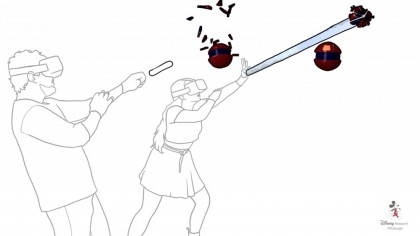
VR hands
With VR we can see things that aren't really there. Disney would like to take that further and enable us to feel them too. Using Augmented Haptics in the form of vibrating motors in each hand, Disney "determined parametric models to robustly control the perception of an illusory object and its motion on and in between two hands".
By synchronising those haptics with visual and audio cues, the technology could "create highly dynamic and animated gameplay experiences with wearable and mobile handheld devices".
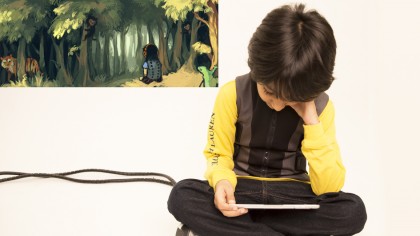
VR vests
Disney isn't sticking to hands when it comes to virtual reality. It reckons that haptic feedback could make stories more entertaining for young children too – but not too young, as Disney's studies found that four-year-olds couldn't associate haptic feedback with the story they were experiencing.
In this case Disney created a haptic vest that "generates vibrotactile stimulation related to story content", and while it's very much a long-term project the team believes that "haptic effects can potentially enhance the reading/listening experience of children beyond 4 years". Similar research has also created the 'FeelSleeve', a haptic glove to enhance reading.
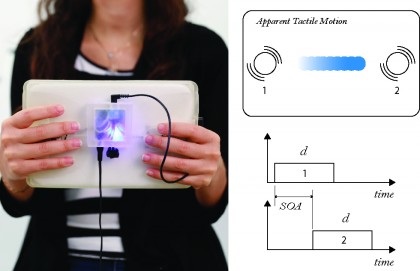
Touchy tablets
Haptic feedback isn't just for kids. Disney has also been experimenting with haptic feedback in tablets to identify the best way to fool us into thinking we're really moving something physical. As Disney says, the results of the research "are useful for media designers and developers to generate reliable motion across the hands and integrate haptic motion with visual media".
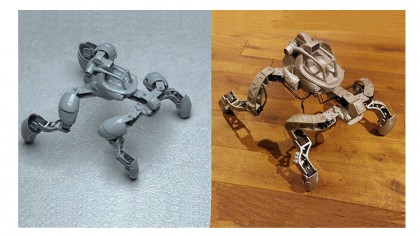
3D printed robots
3D printing is great, but designing something that'll actually work as a 3D object can be complex and time-consuming. Disney's solution is aimed at casual users who want to 3D-print their own robotic creatures, and it automates the dull bits to make it easy to experiment with shapes, sizes and features without ending up with something that won't work. It even enables users to create distinctive walking styles to differentiate robots from each other.
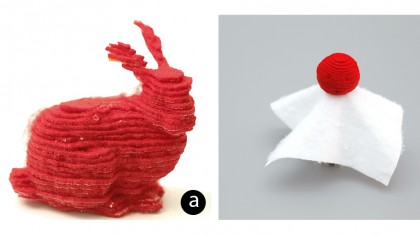
3D printed fabrics
3D printing tends to produce very solid, hard objects. Not at Disney Research. It has created a different kind of 3D printer, one that delivers the precision you'd expect from 3D printing, but which uses softer materials to produce items that can be squeezed, poked, prodded or hugged. The printer can use two different materials simultaneously, which means it can weave conductive material between fabric to enable touch-sensitivity or wireless power.
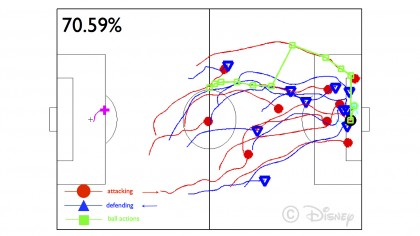
Psychic football
Not literally, but Disney's use of 'spatiotemporal data' means it can accurately predict the likelihood of success of each footballer's individual shots. It's not the quantity of shots that matters, but the quality – and that varies according to how close the player is to the goal, how far away the nearest defender is, who else is in the way and other factors.
Disney ported through more than 10,000 professional-league shots to create the system, which is part of a wider investigation into how strategies, tactics and trends affect sports. It's fascinating stuff, and it isn't just limited to football: Disney has also been analysing basketball, using data from recent NBA seasons to "develop models for anticipating near-future events given the current game state".

Writer, broadcaster, musician and kitchen gadget obsessive Carrie Marshall has been writing about tech since 1998, contributing sage advice and odd opinions to all kinds of magazines and websites as well as writing more than a dozen books. Her memoir, Carrie Kills A Man, is on sale now and her next book, about pop music, is out in 2025. She is the singer in Glaswegian rock band Unquiet Mind.